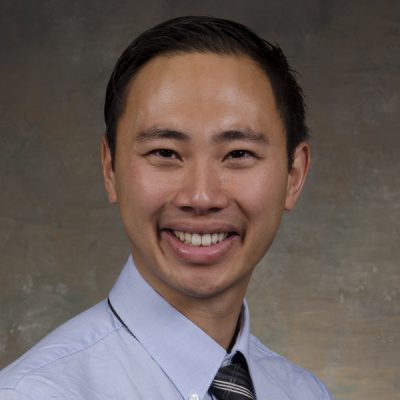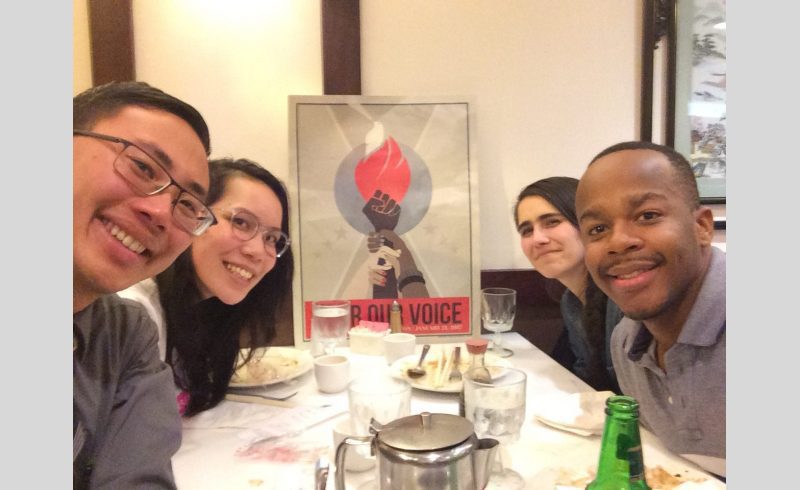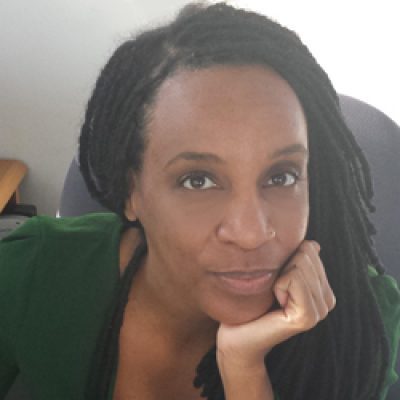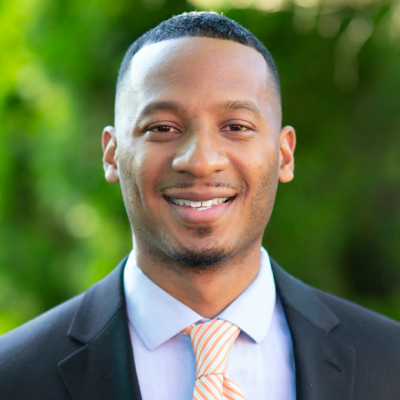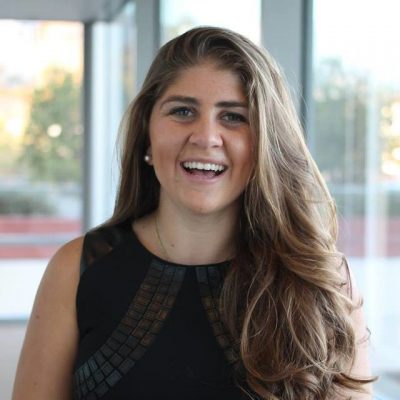Article
Nathan’s journey encompasses many different stops — from Montana to Seattle and Cape Town — before arriving at the Humanity in Action New York Fellowship in 2009.
Understanding the experience of being ‘the other’, Nathan’s interest in medicine shifted from a fascination with physiology to a desire to use medicine as a tool to correct injustice and inequity.
By virtue of being of mixed Japanese and Chinese ancestry and growing up in Montana, he became familiar with the experience of being perceived as an outsider, and in some instances, being a canvas for others to project their labels and preconceptions. He initially dreamed of being a doctor due to his fascination with the complexity of human biology, which led him to study biochemistry at Seattle University. This dream shifted through his experiences volunteering at the county safety-net hospital in Seattle, Harborview Medical Center, and in a convalescent home for children orphaned by HIV in Cape Town, South Africa. Through these experiences, he realized how health is mostly determined by the social, economic, and political factors that influence early life.
Understanding the experience of being ‘the other’, Nathan’s interest in medicine shifted from a fascination with physiology to a desire to use medicine as a tool to correct injustice and inequity.
Nathan began to see the parallels between South African apartheid and American segregation, their sexual violence and our misogyny, and our collective widening inequality and inadequate public response to mitigate these social ills. Again, his passions shifted toward public health and wanting to use medicine and epidemiology as a tool to improve the health of individuals and populations. As Nathan began to deeply understand the drastic health consequences of economic deprivation, social exclusion, and inequality, he searched for experiences to broaden his understanding of social equity and human rights. His search led him to the Humanity in Action Fellowship. For Nathan, the best thing about the Humanity in Action Fellowship was
“The community of brilliant Fellows it brought together and the vibrant environment of inventive ideas, lively debate, and critical thinking it fostered.”
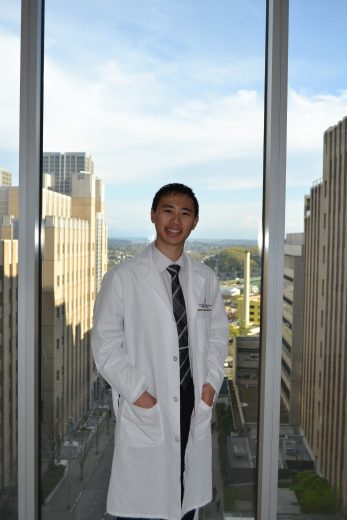 Whether they were exploring the community and infrastructure challenges posed by economic development and gentrification or arguing about the role of and extent to which governments should redressing past inequities, there was a deep respect for the life experiences and knowledge each Humanity in Action Fellow brought to the program.
Whether they were exploring the community and infrastructure challenges posed by economic development and gentrification or arguing about the role of and extent to which governments should redressing past inequities, there was a deep respect for the life experiences and knowledge each Humanity in Action Fellow brought to the program.
Nathan is currently a medical officer at the United States Centers for Disease Control and Prevention. He has worked on expanding access to HIV pre-exposure prophylaxis and hepatitis C treatment, improving the care of people who inject drugs, containing Ebola through border health screening, and responding to the coronavirus pandemic. This work represents the intersection of his passion for medicine, public health, care for vulnerable populations and human rights. To say it is his dream job is an understatement!
“The Humanity in Action Fellowship broadened my understanding of how individuals can go about enacting social change.”
Nathan also makes sure to give back to Humanity in Action. He helps review HIA applications and is a regular speaker at HIA fellowship programs and conferences. Nathan is happy to connect with many Fellows and Senior Fellows who are interested in the intersection of social equity and health.
Check out some of Nathan’s recent publications:
- Furukawa NW, Zhu W, Huang YA, Shrestha RK, Hoover KW. National Trends in Drug Payments for HIV Preexposure Prophylaxis in the United States, 2014 to 2018 : A Retrospective Cohort Study. Ann Intern Med. 2020;10.7326/M20-0786. Available here.
- Furukawa NW, Brooks JT, Sobel J. Evidence Supporting Transmission of Severe Acute Respiratory Syndrome Coronavirus 2 While Presymptomatic or Asymptomatic. Emerg Infect Dis. 2020;26(7):e201595. Available here..
More from Nathan Furukawa
-
$30,000 Raised for Senior Fellow Giving Campaign 2022
Each year, Humanity in Action launches a Senior Fellow Giving Campaign which aims to gather support from the Senior Fellow community for Humanity in Action's programming. This year, $30,000 was raised!
-
We thank the Landecker Democracy Fellowship Admissions Committee 2022
Thank You to the 2022 Landecker Democracy Fellowship Admissions Committee for the Landecker Democracy Fellowship 2022/23. From August to September, 2022 members of the Admissions Committee read over 150 applications and interviewed more than 90 finalists.
-
$35,000 Raised for Senior Fellow Giving Campaign 2021
Each year, Humanity in Action launches a Senior Fellow Giving Campaign which aims to gather support from the Senior Fellow community for Humanity in Action's programming. This year, $35,000 was raised!
-
We thank the Landecker Democracy Fellowship Admissions Committee 2021
We thank the members of our Admissions Committee for the Landecker Democracy Fellowship 2021/22. From August to September, 2021 members of the Admissions Committee read over 150 applications and interviewed more than 90 finalists.
-
Senior Fellows Raise $31,610 for Giving Campaign 2020
Each year we run a Senior Fellow Giving Campaign, which aims to gather support from the Senior Fellow community for Humanity in Action programming. This year we raised over $31,000!
-
Evidence supporting transmission of coronavirus 2 while presymptomatic or asymptomatic
Nathan Furukawa published an article concerning the transmission of coronavirus while pre or asymptomatic. This literature review tracked relevant articles from January 1st to April 2nd, 2020 with the goal of reviewing the available research.
-
National trends in drug payments for PrEP, 2014-2018
Nathan Furukawa recently published an article on “National Trends in Drug Payments for HIV Preexposure Prophylaxis in the United States” in the journal Annals of Internal Medicine.
-
Senior Fellows Raise $35,462 for Giving Campaign
Each year we run a Senior Fellow Giving Campaign, which aims to gather support from the Senior Fellow community for future Humanity in Action programming. This year we raised over $35,000!
-
Senior Fellow's research shows asymptomatic transmission of virus causing COVID-19 poses significant threat
Senior Fellow Nathan Furukawa, an Epidemic Intelligence Service Officer at the Center for Disease Control National Center, finds in latest research that the asymptomatic transmission of SARS Coronavirus 2, the virus causing the COVID-19 disease, is a potent threat for health care systems' ability to contain the virus.
-
Thank you to our 2020 US Review and Admissions Committees
As every year, Humanity in Action received many applications for our Fellowships in Europe and Atlanta this year. We are so grateful to the dedicated Senior Fellows and friends who volunteered their time and energy in reading and reviewing applications.

